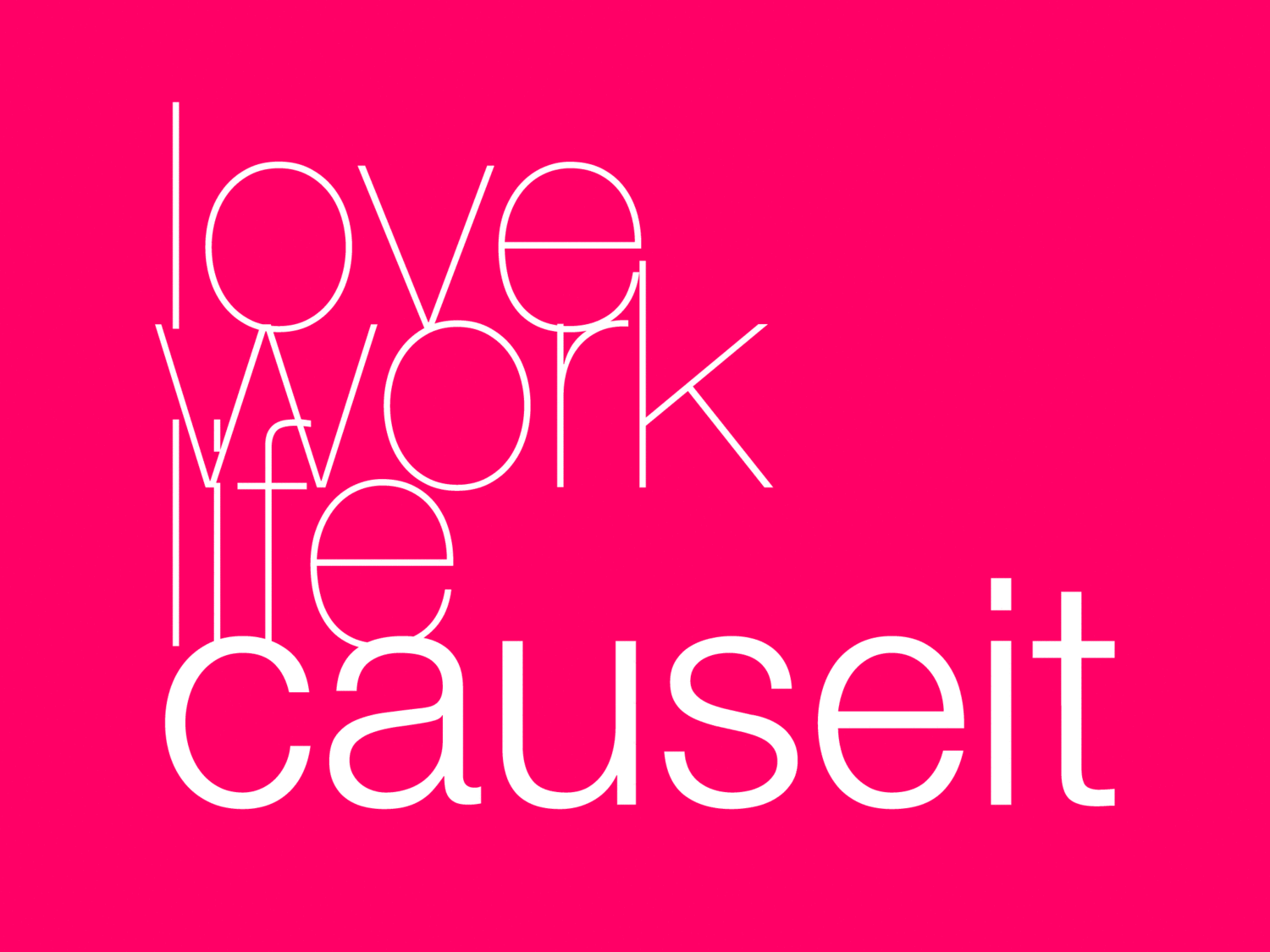Innovations in relationship and community often involve creating and maintaining a sort of gravity between customers, employees, products, subcultures and/or locales. Notable examples of innovators in this area are Nordstrom and Zappos, both of whom are perhaps most famous for their return policies. Nordstroms actually has no official return policy, which may seem foolhardy to those who predict loss of profit from too many return scams—when in reality this “no questions asked” policy has had customers feel more confident paying for high-end items knowing that the store will stand behind product quality and values customer happiness enough to take some risks. It’s so well-known that is has spawned urban legends about people successfully returning automobile tires to the clothier—which has never sold tires—as a fable of the value of doing nearly anything to satisfy a customer.
Another innovation in community that Nordstrom’s shares with Zappo’s is the empowerment of employees at all levels to make decisions which can improve customer experience—a choice in corporate culture which reverberates both internally and externally as valuing people over profit. With the addition of sophisticated communications, customer service and event strategies (personal shoppers, significant and buzz-worthy yearly or seasonal sales, etc.) these two companies have proven that investing in customer and employee happiness and empowerment is a risk that can really pay off.
Meanwhile, companies like Starbucks have elevated a relating to their customers as ‘consumers’ to something more like a co-creator. As a great example, in 2008, Starbucks launched My Starbucks Idea to source concepts for its stores and products from its customers. Using a platform powered by Salesforce, they have surfaced (and implemented) huge numbers of ideas from all over the world.



